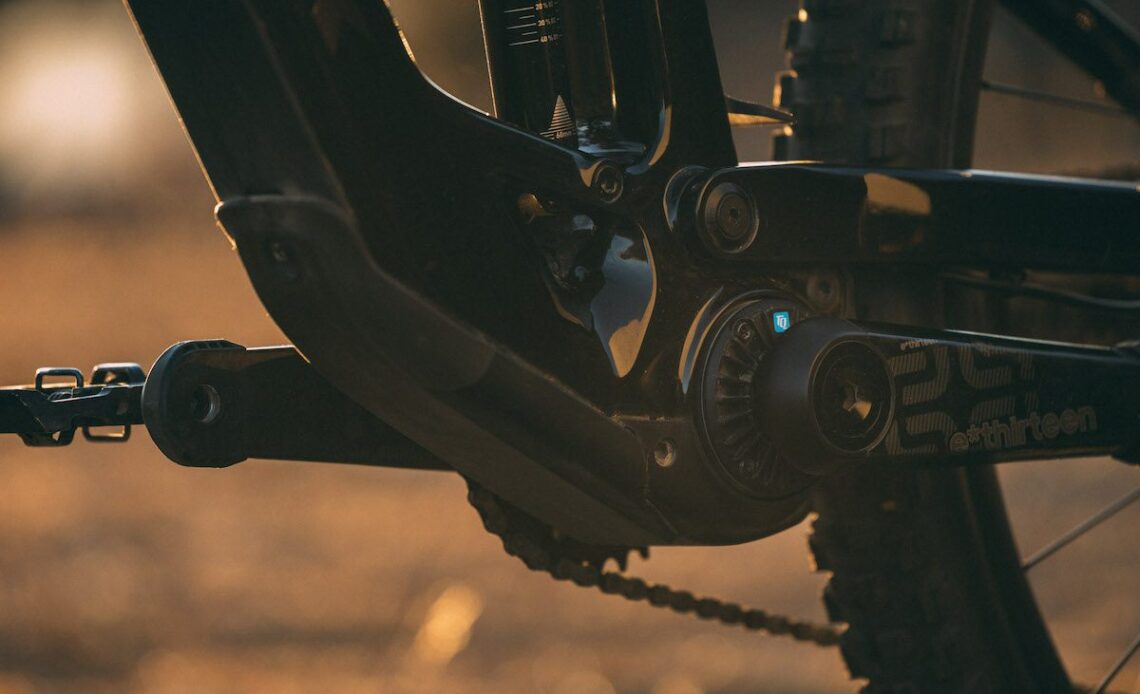Modern eMTB have developed to the point where they are more powerful and longer-lasting than some riders need, or want. With the new Trek Fuel EXe, the Wisconsin brand is aiming to create an e-bike for those riders that want an assist without being overpowered or putting up with unnecessary extra weight.
Mountain bikers that don’t want the bulk of a full-power eMTB, or are regularly finishing rides with a half-charge remaining on the latest-greatest super battery. That’s not to say there’s anything wrong with the full-powered eMTB. Just that Trek is trying to do something different with the EXe.
Trek’s aim with the Fuel EXe is to create a mid-powered e-bike that drops the bulk without losing functionality. The key to that is an all-new and lightweight motor from the German brand TQ. It’s lighter, still delivers sufficient power and, as a big bonus, doesn’t sound like most eMTB motors.
The motor: TQ HPR50
It feels weird to start a bike launch with the motor, but TQ’s HPR50 is so central to Trek’s EXe design that it’s the only way to start that makes sense. Without it, the EXe wouldn’t be able to hit Trek’s target balance of weight and power.
So, what makes it so special? It’s light, first of all. The battery and motor, combined, weigh just 3,900 grams. That’s with 50Nm of Torque and a 360-Wh in-tube removable battery. There’s also a 160-Wh range-extender option if you want to go further than the two-to-five-hour ride time Trek says the EXe gets off a full charge.
TQ gets the HPR50 to this meeting point of low weight and solid power by using a different design. HPR stands for Harmonic Pin Ring system. This enables TQ to make the motor smaller and lighter. While it sounds new, TQ has been around for a while. The company was founded in 1994 and has over 1,000 employees.
Since the HPR system has only two moving parts, and operates at a lower RPM than most eMTB motors, it also has a quieter and more mechanical sound. Trek claims the HPR50 operates at 0.1 “tonality units” – a unit separate from decibels that measures sound quality. Trek isn’t the only brand using low RPM motors to get away from the high-pitched whirr of some drive units, but the TQ design is much smaller than any other similarly-mechanical sounding motors.
One final bonus of the TQ design is that it brings the Q-factor back closer to what you can get on analog bikes. So, if you have…
Click Here to Read the Full Original Article at Canadian Cycling Magazine…

